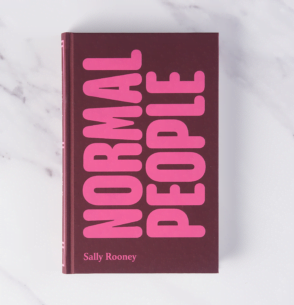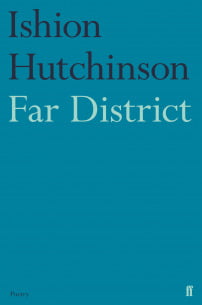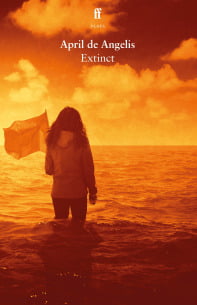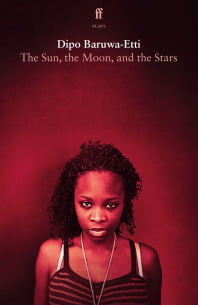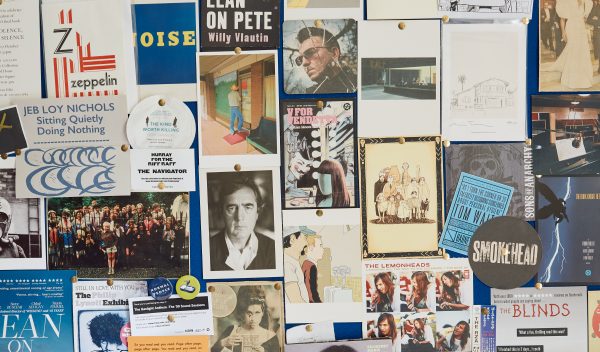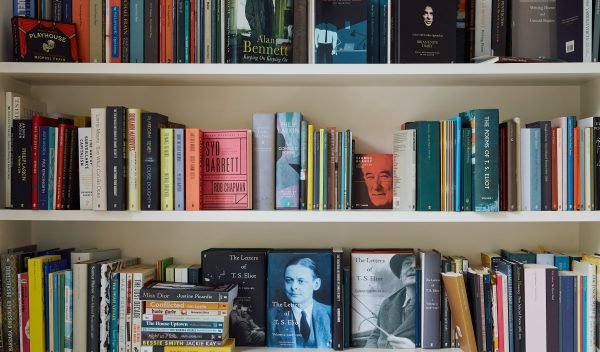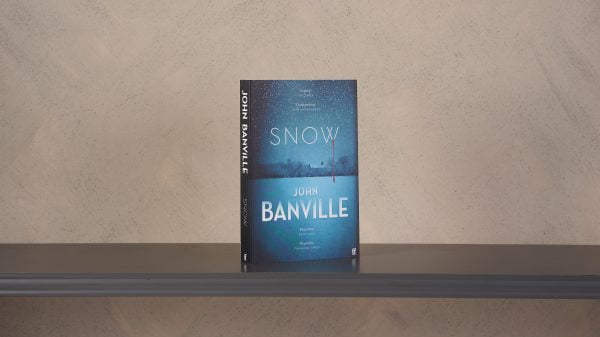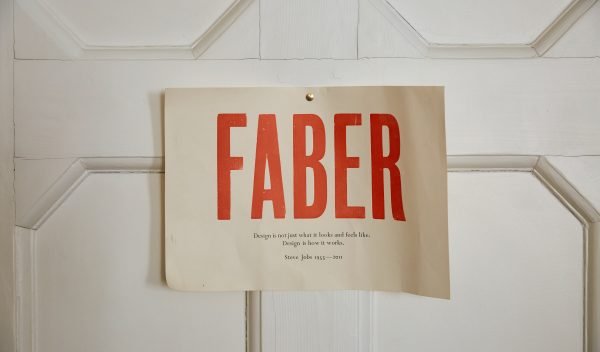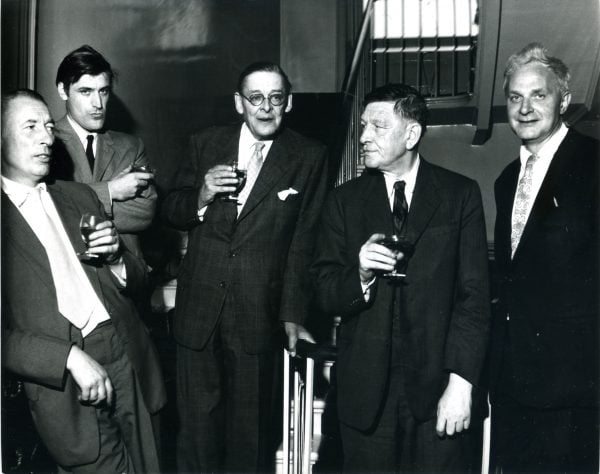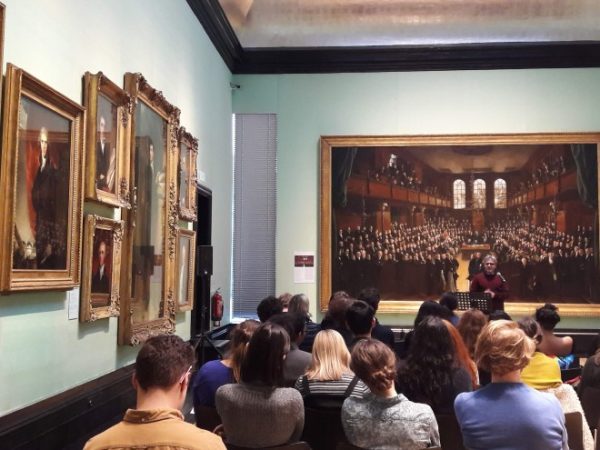


The Evolution of a Book Cover
The Vanishing Futurist has a striking cover, so we asked Senior Designer Luke Bird to talk us through the design process and brief…
The brief for this one developed from a discussion with the author. We gathered that the author Charlotte Hobson wanted something which strongly referenced the particular moment in Russian culture that she had captured in the book.
“The artists and poets that the characters emulate and refer to were modernists – their work is all about fragmentation, experiment, mixing up photography, typography and modernist design to create something that looks completely new and often quite bizarre to the audiences of the time.” – Charlotte Hobson
For visual reference, Charlotte mentioned an artist called Kazimir Malevich, who she felt captured a uniquely futurist take on the human form.

We decided to attempt to illustrate the book’s main character, Gerty, using Malevich’s art as an influence. Something 1930s, bohemian and very beautiful.
La Boca are a multi talented design studio from London who specialise in striking, bright illustration and graphics; many of which are geometric and have a modernist edge. The ability to complement their dazzling illustrative style with wonderful and sometimes surprising typography is, I believe, one of the reasons that they’re so revered in the creative industry. It was quite obvious that they’d be a good fit for the brief. It also came to pass that La Boca were big fans of Malevich’s work.
La Boca’s first responses to the brief were very warmly received by everyone at Faber, and by the author. They used Malevich’s Woman’s Torso, 1932 as reference Scot, at La Boca, included the following line with his first round of visuals:
“The basic inspiration for these are the Malevich figures where he uses blocks of colour to halve faces, but combining that with a more detailed face to modernise and create an intriguing juxtaposition.”





Scot Bendall, La Boca
When Luke first approached us with the brief, the first thing that caught our attention was the reference to Malevich. It was mentioned that it wasn’t a particular piece of his, but more about generally taking inspiration from the world of Malevich. Our initial thoughts were to focus on his more abstract work, but during our research we started to become interested in a series of paintings where human heads are interpreted in geometric shapes. We came across a piece from 1932 titled Woman’s Torso, and I particularly liked that half of the face was obscured as this could also reference the Vanishing in the title. We started to think it might be interesting to combine flat geometric shapes with a more detailed modern face.
We never like to create work that feels purely like a pastiche, but we often attempt to nod to the past like this, with the intention of creating a new piece. After some experimenting with photographic references combined with flat shapes we could start to feel that the idea was potentially going to work. We moved on to testing with illustration and with type, and the idea started to develop from there. Quite often we are only working with covers on books, but an added bonus on this one was to be able to develop the illustration as a full cover wrap.
The Final Book Cover





